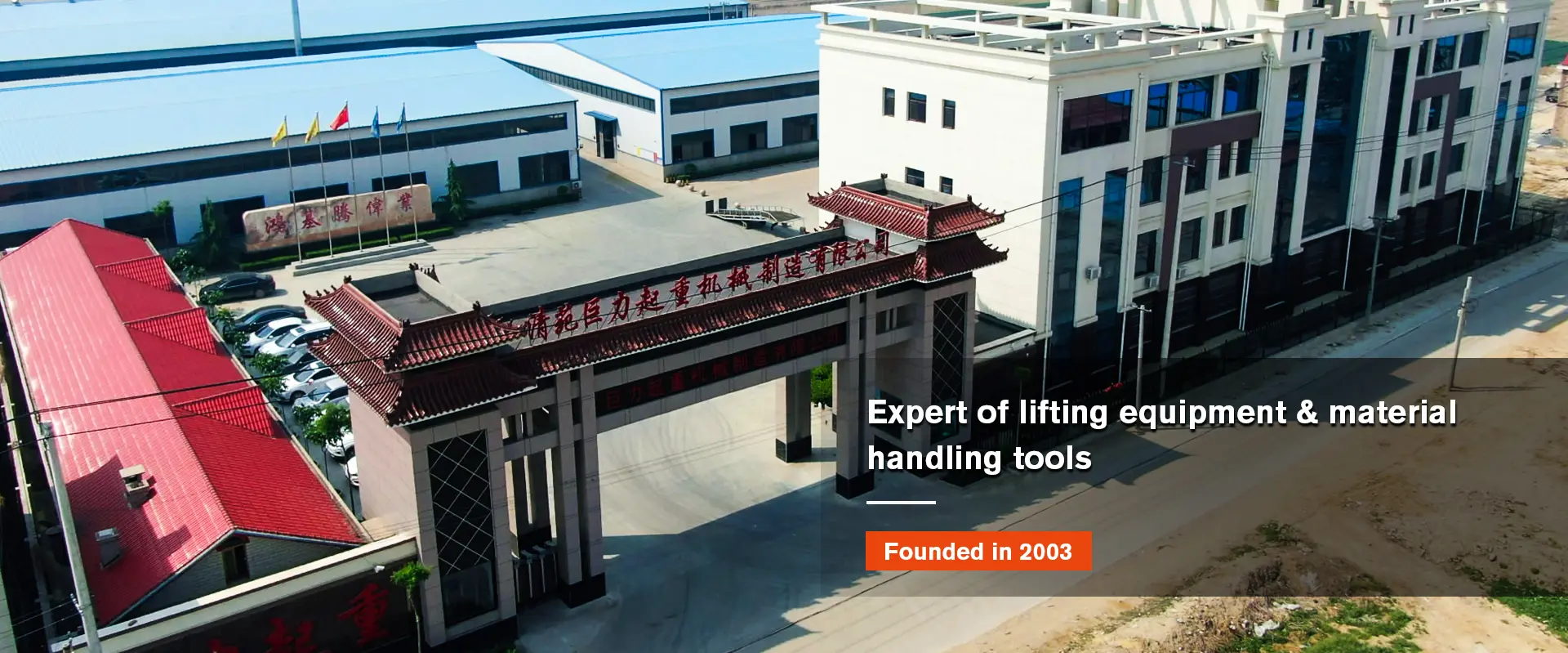


Fall Protection Devices Ensuring Safety in High-Risk Environments
In various industries, particularly construction, maintenance, and warehousing, workplaces often involve activities at heights. Whether it’s working on a roof, climbing ladders, or using scaffolding, workers face the inherent risk of falling. To mitigate these risks, fall protection devices have become essential components of occupational safety programs. These devices not only safeguard workers but also minimize potential liabilities for employers.
Understanding Fall Protection
Fall protection refers to systems and measures implemented to prevent workers from falling or to minimize the severity of injuries if a fall occurs. The Occupational Safety and Health Administration (OSHA) mandates the use of appropriate fall protection systems for workers exposed to fall hazards of six feet or more in the construction industry and four feet in general industry settings.
Types of Fall Protection Devices
Fall protection systems can be categorized into several types
1. Guardrails These are barriers installed at elevated locations, such as rooftops or scaffolding edges. Effective guardrails should be strong and constructed to prevent workers from leaning over or falling off edges, typically made of strong materials like steel or aluminum.
2. Safety Nets Used primarily in construction, safety nets are positioned below the work area to catch falling workers or materials. While they don’t prevent falls, they significantly reduce the risk of severe injuries by absorbing the impact.

3. Personal Fall Arrest Systems (PFAS) This includes harnesses, lanyards, and anchor points. Workers wear harnesses connected to a secure anchor point that arrests their fall if they slip or trip. Proper training on how to wear and utilize these systems is crucial for effectiveness.
4. Lanyards and Lifelines These are flexible cables or straps that connect workers to anchor points, allowing them to move while remaining secured. It’s important that these devices are regularly inspected and replaced as needed to ensure functionality.
5. Positioning Systems These systems allow workers to be supported on an elevated surface while safeguarding against falls. They provide stability while giving workers hands-free access to their tools.
Importance of Training and Compliance
Despite the availability of fall protection devices, their effectiveness hinges on proper use. Training is critical to ensure that workers understand how to use fall protection systems correctly. This includes knowing how to wear harnesses, how to inspect equipment for wear and tear, and understanding fall distances and clearance requirements. Regular safety drills and assessments can help reinforce these practices.
Compliance with safety standards is not only essential for worker safety but also for legal and financial reasons. Employers who fail to implement proper fall protection measures may face significant penalties from regulatory bodies, as well as increased insurance premiums and potential lawsuits resulting from workplace injuries.
Conclusion
In conclusion, fall protection devices play a vital role in maintaining safety within industries where fall hazards exist. By understanding the various types of devices, their correct usage, and the importance of ongoing training, employers can create a safer work environment. Investing in safety measures not only protects workers but also fosters a culture of safety that can lead to enhanced productivity and morale. Ultimately, prioritizing fall protection is not just a regulatory obligation; it is a fundamental aspect of responsible business operations that values the well-being of all employees.



